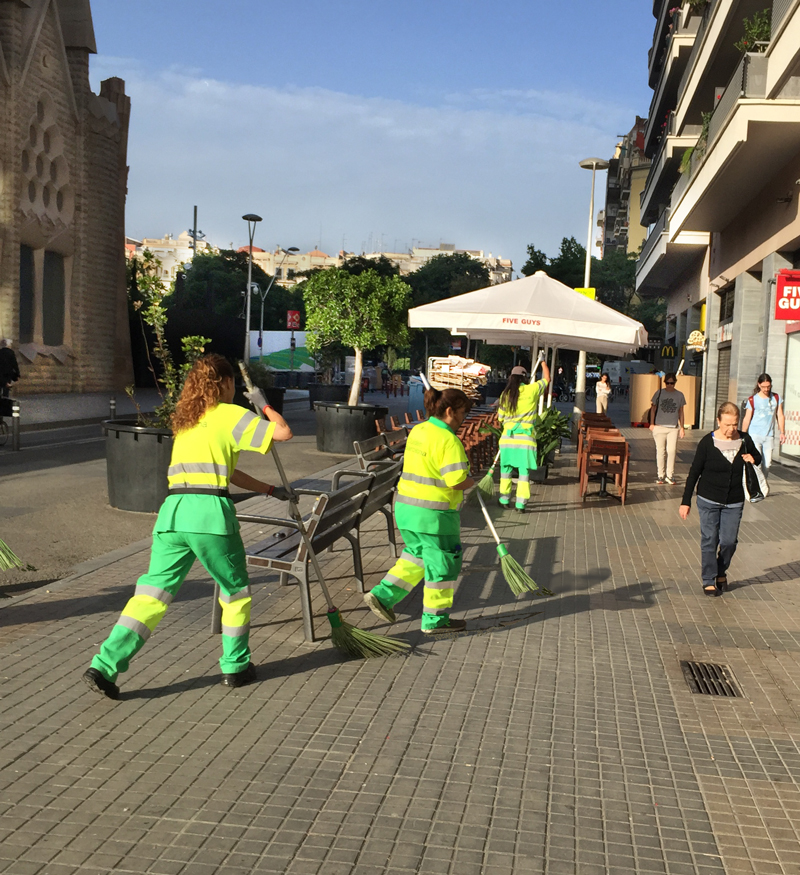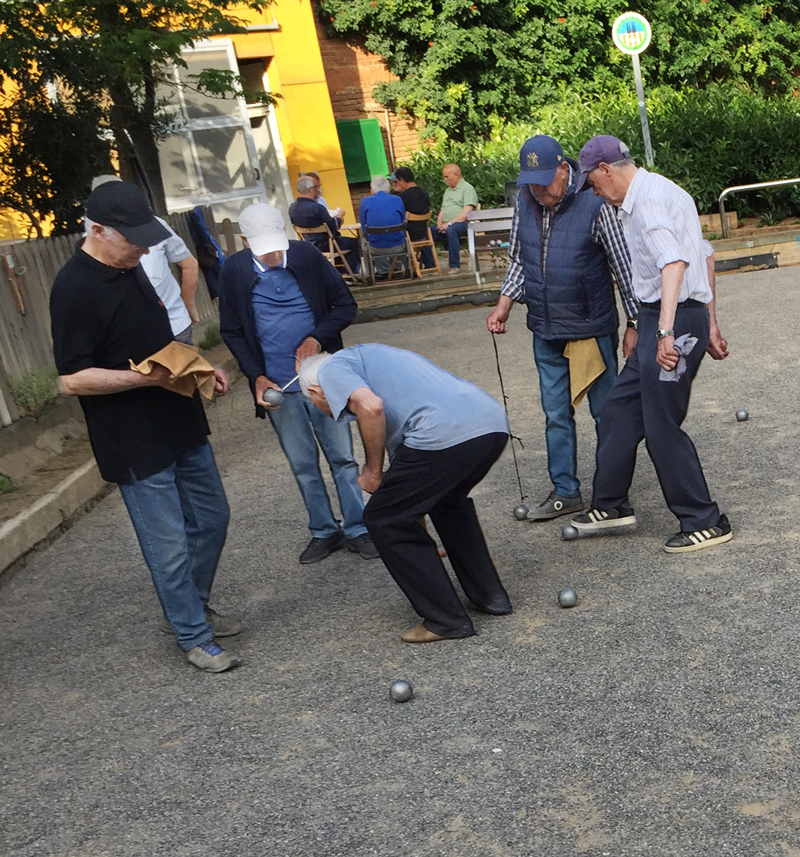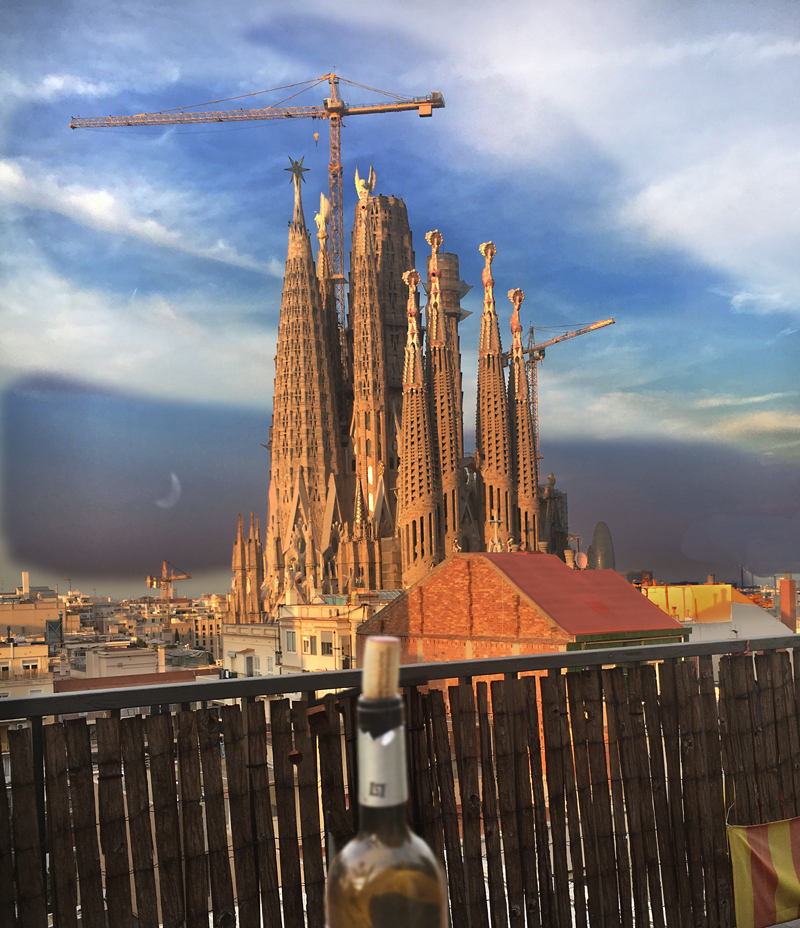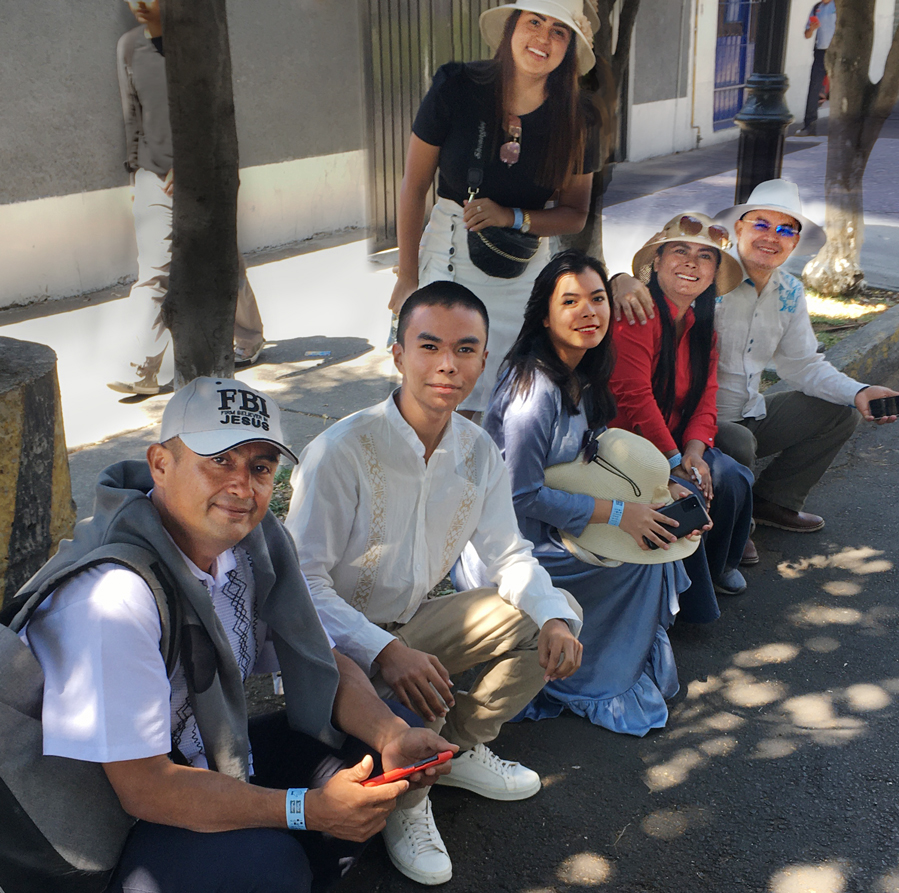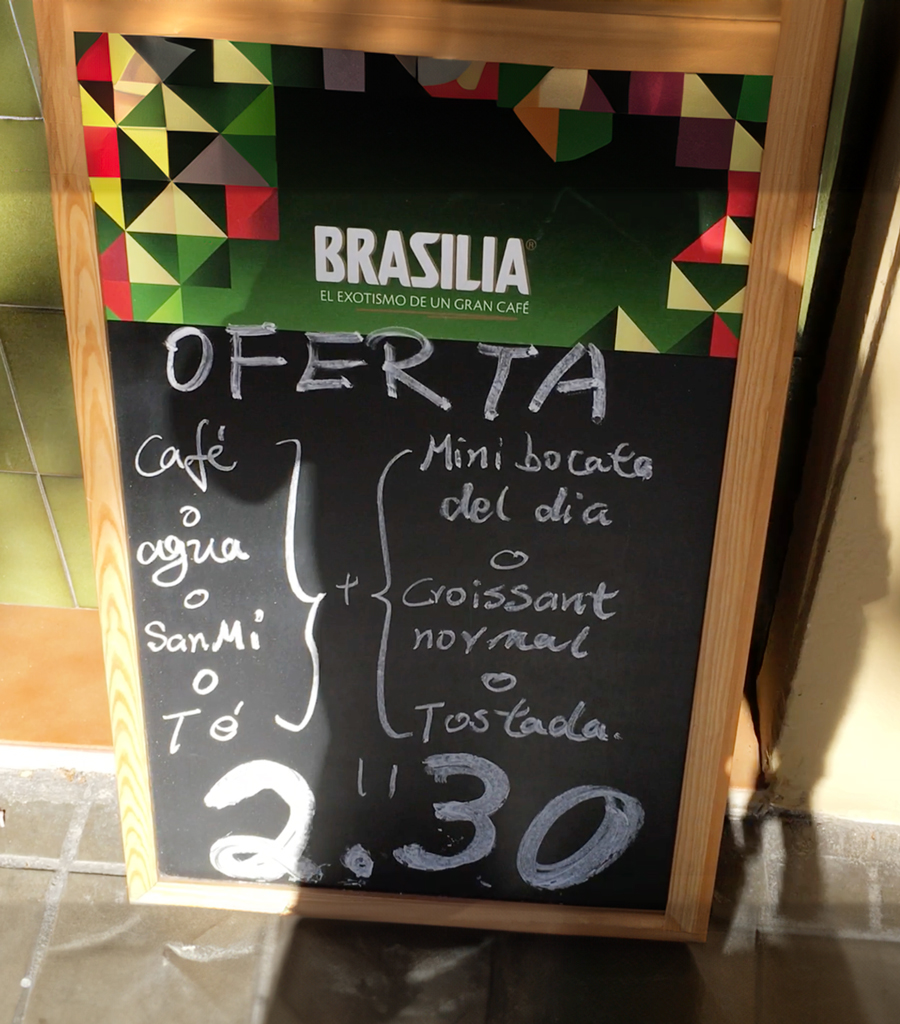Barcelona Street Sweepers
They’re not minor offenders working off their time by doing community service.
They’re professional ‘barrenderos’ who enjoy coveted, full-time municipal jobs with Cuidem Barcelona.
Somehow it’s startling to see a crew of smartly uniformed people, brooms in hand, working their way down a street. The movements of this particular squad seems as effortless and choreographed as a dance troupe.
It’s work, of course, but it’s out in the fresh air in a Mediterranean climate with relatively little rain. It doesn’t seem excessively strenuous and the sweepers come equipped with earbuds and playlists.
Most of Barcelona’s streets run one way. There are lanes for bikes and scooters used year round. Ignoring crosswalk lights can prove dangerous to unsuspecting visitors.
Each intersection is cut on a 45º bias for visibility and light. It turns each corner into a small plaza.
The city is in the process of ‘pacifying’ its streets — closing them off to the motorized vehicles. It’s an idea other congested cities are turning to as well.
Traffic can back up on these narrow urban streets. Traffic lights and road signs aren’t as easy to see as they might be; and parking can be a nightmare. Fortunately an unlimited, month-long Metro pass costs only 20€ ($21.90).
Even during rush-hour it’s rare to hear drivers leaning on their horns. Just as surprising are the sirens on Barcelona’s emergency vehicles.
They sound like they’re carrying someone off to a birthday party.![]()

